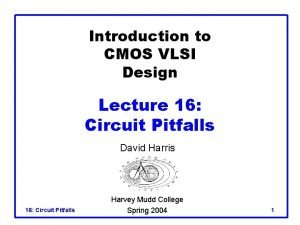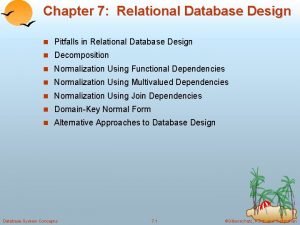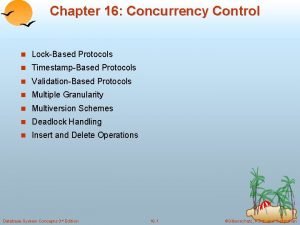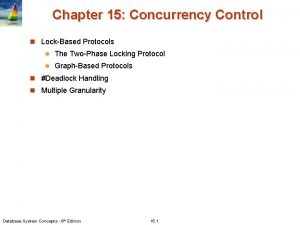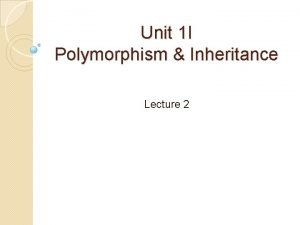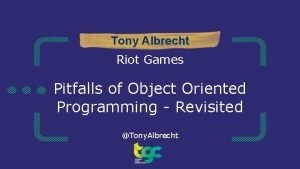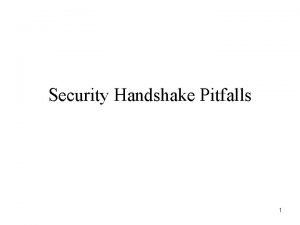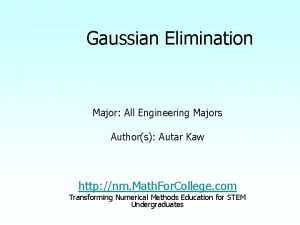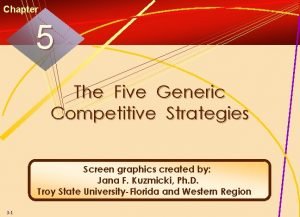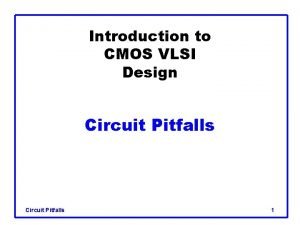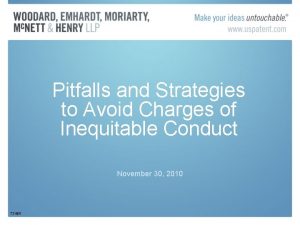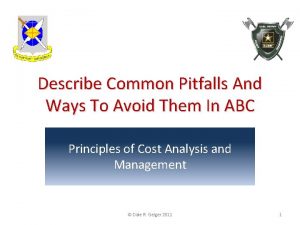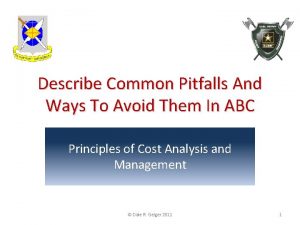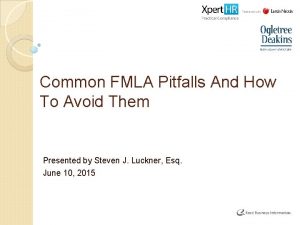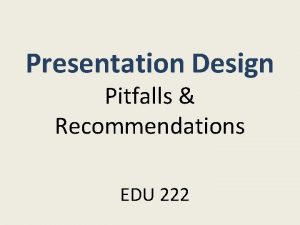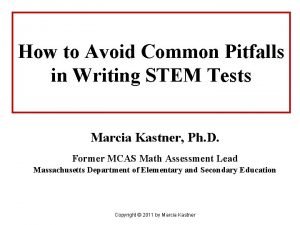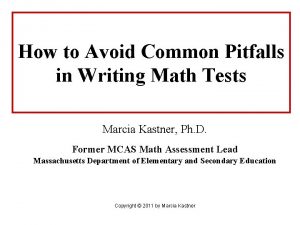Strategies Ideas and Pitfalls to Avoid when Starting
















- Slides: 16

Strategies, Ideas and Pitfalls to Avoid when Starting an Early/Middle College High School California Coalition of Early & Middle Colleges A coalition dedicated to the promotion of California policy to strengthen Early & Middle Colleges September 29, 2017 Erin M. Craig, Ed. D. Executive Director , Unity Middle College Orange, CA

Exploratory Thinking What are you attending this session today? What questions do you hope to have answered?

MCHS Demographics NATIONALLY • Small schools with approximately 300 -500 students • Traditionally underserved populations • First generation high school and college students CALIFORNIA • Approximately 65 MCHS identified in California

Different MCHS Models • • • Public MCHS Independent Charter MCHS Dependent Charter MCHS Gateway to College MCHS within a comprehensive school Varied grade levels served nationwide (913 th) • On and off the college campus

MCHS and ECHS are examples of dual enrollment in action. We will use the term: MCHS for both MCHS and ECHS in this presentation.

A Few Basics to Consider • Who is your target population? • Will the model be a 2, 3 or 4 year early/middle college? • Will the early/middle college be a schoolwithin-a-school or a stand alone school with a CDE number? • Will the school be located on a college campus or? • How many students will you serve?

The MCHS Strategies Significant Dual Credit Sustainable Partnerships Holistic Student Support Innovative Teaching and Learning

How to Gain Significant Dual Credit • Students are enrolled in college in the morning and high school in the afternoon • Students are enrolled in Advisory/Family/AVID all four years; the tool used to instill college readiness • Some students will complete Pre-Cal at the college along with Calculus • All Foreign Language is completed at the college • Each of our students meet with the college counselor at least one time a year • All students have a college Student Education Plan that is updated annually

Sustainable Partnerships • Strong partnership between college and MCHS drives student and institutions’ success • Memorandum of Understanding describes scope of relationship, course access, costs, etc. • Integrated high school and college-based cohesive academic program is developed and implemented by both institutions • Ongoing HS and college collaboration at multiple levels: admin, counselor, instructors • Partnership is not strictly reliable on one individual

Holistic Student Support • Supports to meet the academic, social, and emotional needs of students • Environment that fosters the development of knowledge and skills necessary to succeed in school and in life • Dedicated professionals provide students with intensive support throughout the MCHS experience • Services and structures to address the needs of the whole student to maximize program persistence and completion • Faculty and staff utilize strengths-based and solutionfocused approaches to student support • Cultivated small learning community among students to increase their academic and social integration into the

Innovative Teaching • HS teachers and college instructors teach respective classes with collaboration between institution • 21 st century skill and curriculum building through technology, course rigor, and college level content • Positive and collaborative environment where students engage in academic and social emotional support and growth • Scheduling and courses offered maximize opportunities to earn college transferable units leading to a degree or credential

Innovative Student Learning • Students take HS, College, and Advisory/AVID courses each semester • Participation in a Family or Advisory or AVID class of 20 -25 grade alike students sometimes with the same teacher all four years • Student demonstrates readiness to enroll in credit bearing/transfer level college courses • Student feels like and is a college student • Safe, supportive, environment to celebrate students’ successes and

MCHS: An Equitable Education Equity Practices: • Equity funds can be used for MCHS • Providing access to college courses for traditionally under represented minority high school students • Removing financial barriers for the first two years of college • Building academic and contextual skills for college readiness while in HS

Small Group Discussion What are your next 3 -5 steps in working towards exploring, planning, opening, or expanding a MCHS?

MCHS Q&A What are your questions?

Thank You! Erin Craig, Ed. D. Unity Middle College High School ecraig@unitymchs. org To Learn More About CCEMC http: //www. ccemc. org
 C traps and pitfalls
C traps and pitfalls Nitcar
Nitcar Latchup in vlsi
Latchup in vlsi Discuss pitfalls in differentiation
Discuss pitfalls in differentiation What are two pitfalls (problems) of lock-based protocols
What are two pitfalls (problems) of lock-based protocols Common pitfalls adalah
Common pitfalls adalah Pitfalls in relational database design with example
Pitfalls in relational database design with example Graph based locking protocol
Graph based locking protocol What are two pitfalls (problems) of lock-based protocols
What are two pitfalls (problems) of lock-based protocols Pitfalls of operator overloading in c++
Pitfalls of operator overloading in c++ Pitfalls of object oriented programming
Pitfalls of object oriented programming Security handshake pitfalls
Security handshake pitfalls Forward elimination example
Forward elimination example Strategic management process
Strategic management process The pitfalls of a differentiation strategy include
The pitfalls of a differentiation strategy include Pitfalls of prototyping
Pitfalls of prototyping Circuit pitfalls in vlsi
Circuit pitfalls in vlsi


